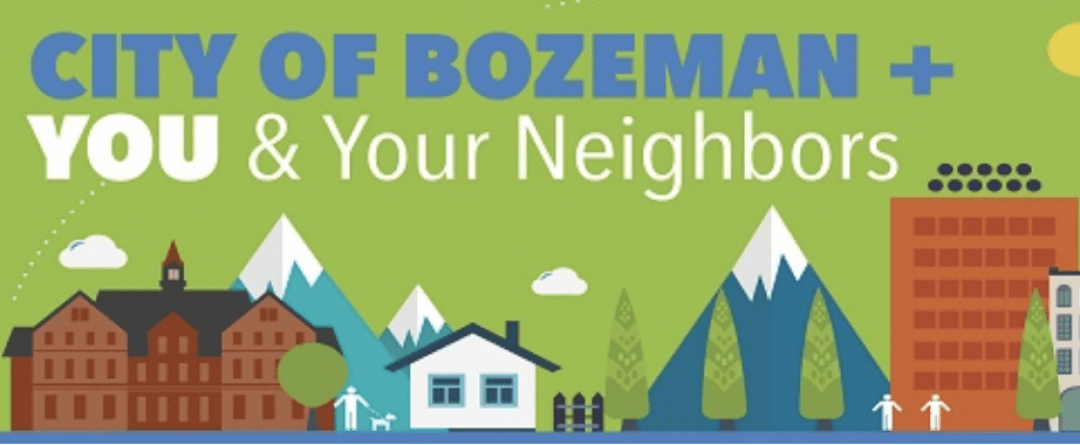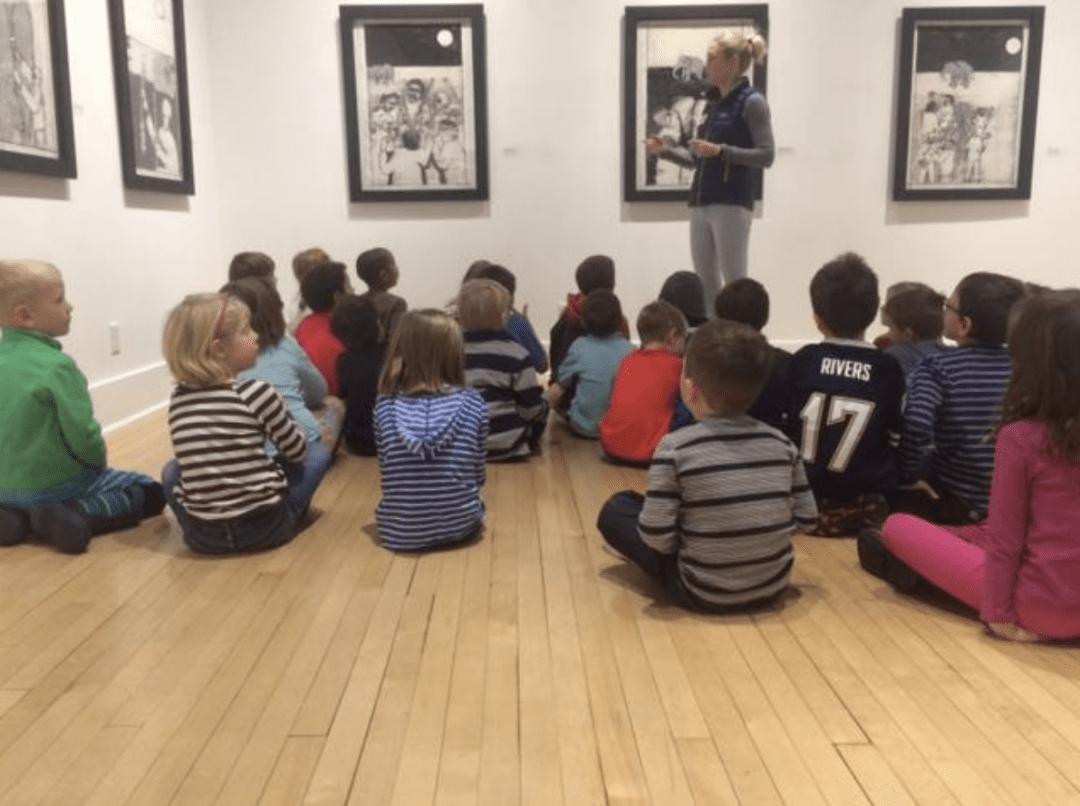Museum of the Rockies opens two new exhibitions on the Arctic
A pair of new exhibits featuring the work of two prominent Canadian artists will open at Montana State University’s Museum of the Rockies this month: “Into the Arctic” featuring the work of Cory Trépanier and “Polar Obsession” by Paul Nicklen, National Geographic photographer, filmmaker and marine biologist.
Opening on Sept. 22 and running through January 2019, these exhibits will present spectacular scenes of fragile environments and the unique balance of life within those habitats. Guests will experience the breathtaking landscape and wildlife of the northernmost regions of our world as seen through the creative lenses of two renowned artists.
The Museum of the Rockies will present two opportunities to celebrate the exhibits.
First, a members-only preview of both exhibits will be held on Sept. 21 from 5 to 7 p.m., featuring Trépanier leading gallery talks about Arctic exploration. As a bonus, the newest planetarium show, “Experience the Aurora,” will premiere at three time slots during the event.
Then, on Sept. 22 at 1:30 p.m., the museum will present a screening of “Into the Arctic II,” followed by a Q&A with Trépanier in the Procrastinator Theater in MSU’s Strand Union Building. Tickets to the film are free and open to all, with advance registration.
In “Polar Obsession,” Nicklen captures Arctic and Antarctic life, using the striking images taken under and across the ice.
Growing up in a small Inuit community in the Canadian Arctic, Nicklen learned to survive the frozen terrain and built a powerful connection with the creatures who share that extreme place. His images help dispel myths by shining a spotlight on the polar ecosystem, offering insight into animal behavior and the changing climate that threatens the vulnerable biosphere.
Nicklen is an underwater photography specialist and one of the world’s most acclaimed nature photographers. In this series, he brings to viewers an underwater realm that few would know without his lens. Guests will be immersed in the wonders of the north through 57 images from Nicklen’s National Geographic book “Polar Obsession,” which glimpses the lives of wild creatures such as seals, whales, walruses, narwhals, polar bears, penguins and petrels.
Nicklen has received numerous international awards for his photography, including from World Press Photo, Pictures of the Year International and the BBC Wildlife Photographer of the Year competition. Additionally, he is a well-known speaker, author, lecturer and National Geographic Fellow who regards himself as an ambassador for polar life. In his book introduction, he explains, “The Polar Regions are disappearing quickly, and I want my photo essay to stand as a reminder of what is at stake. It is my mission to bring the rare, remote and threatened by caring people who can enjoy and help protect these lands and creatures.”
Trépanier’s “Into the Arctic” showcases more than 50 original oil paintings and three feature-length films documenting extreme exploration into the farthest reaches of the Canadian Arctic by the oil painter and filmmaker.
Hoisting a pack weighing more than 100 pounds, Trépanier trekked across the rarely seen territory, carrying camping, painting and filmmaking supplies. On four expeditions spanning a decade, he faced predators and extreme conditions to bring to the world a time capsule on canvas and film. Often traveling with Inuit who shared their knowledge, he accessed locations so remote and untouched that most will only see them through his brush.
His film “Into the Arctic II” was nominated for a Canadian Screen Award and documents Trépanier’s expeditions into a dozen wilderness locations. He is considered one of Canada’s top 100 living explorers and is a fellow of the Explorers Club and the Royal Canadian Geographical Society.
“I hope my work might spark awareness and conversation about Canada’s Arctic and instill greater appreciation and concern for the future of its ever-changing landscape,” Trépanier has said.
For more information about the exhibits, go to https://www.museumoftherockies.org/exhibitions/coming-soon/polar-obsession.










News Comments
This is so typical of a sign in, which we should not have to do to check if we or some one in our party got a permit. I have been working or "creating an account" for 30 minutes and just get the same ...
Smith River permit drawing results available
Sunday, Mar. 10, 2024
I have struggled with this podcast and my own participation therein, the event itself obviously traumatic, but beyond that my inability to reach anyone and convey anything resembling truth. The person ...
Billings, MT Case Becomes True Crime Podcast | 'An Absurd Result'
Marktokarski
Saturday, Jan. 20, 2024
Why not leave those cheerful, colorful garlands up longer? What’s the rush?
Main Street Closed Jan 2
Saturday, Dec. 30, 2023
You do not have the authority to determine what may or may not be sensitive lands! This is an example of extreme overreach on your part.
City of Bozeman, Gallatin County Adopt Sensitive Lands Protection Plan
Friday, Dec. 22, 2023